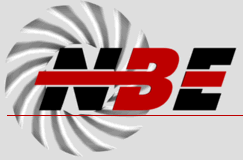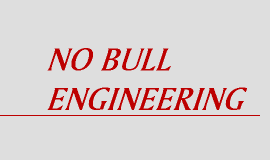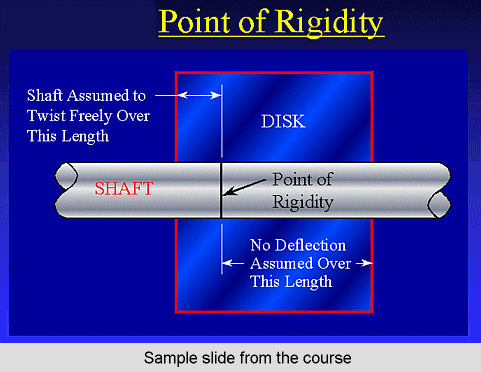 |
 |
TORSIONAL VIBRATION FUNDAMENTALS

 |
 |

An approximate agenda for the short course is as follows:
Some of the benefits a client’s personnel receive from taking this short course include the following:
1. A greater familiarity with torsional vibration fundamentals which would allow them to communicate more effectively with experts in the field.
2. A better understanding of the meaning and validity of torsional vibration results obtained from consultants and/or in-house computer codes.
3. A better understanding of the torsional vibration causes of common turbomachinery problems which would assist them when trying to troubleshoot field and test-stand problems.
4. A better feel for which components play an important role in torsional vibration behavior and which ones have little impact. This would be valuable when evaluating potential design changes.
5. An appreciation that torsional vibration analysis can be performed in a practical and timely manner and does not require a "research project."
6. An appreciation for the large role that torsional vibration behavior plays in the reliability of rotating equipment and for the importance of evaluating that behavior in the design stage.
The short course is presented using multi-color 35 mm slides or Power Point presentation software. Each employee the client sends to the short course receives a complimentary copy of the paper, "Practical Design Against Torsional Vibration." Additionally, Mr. Corbo would bring along hard copies of all of the slides used in the short course. The client is free to make individual copies for as many course attendees as are desired.